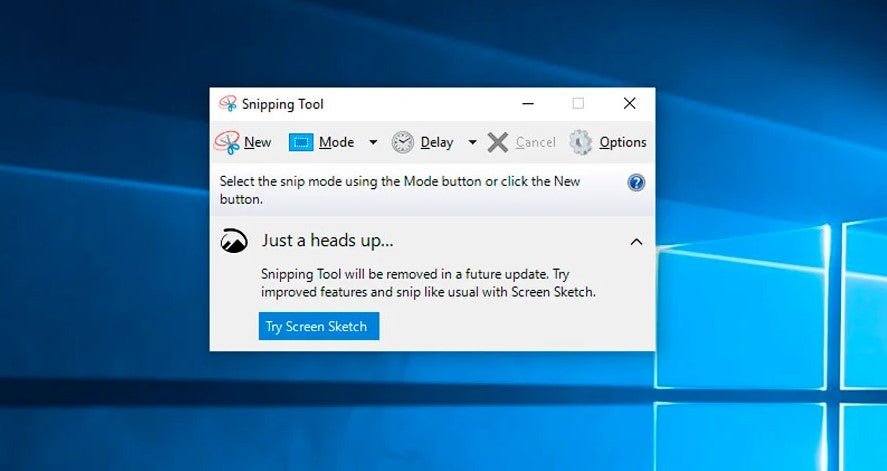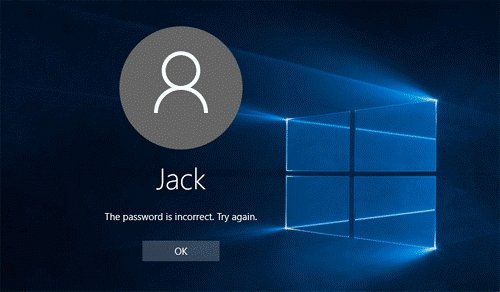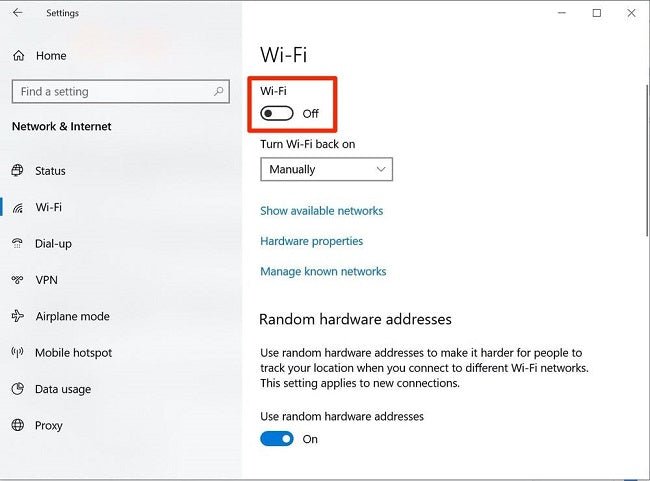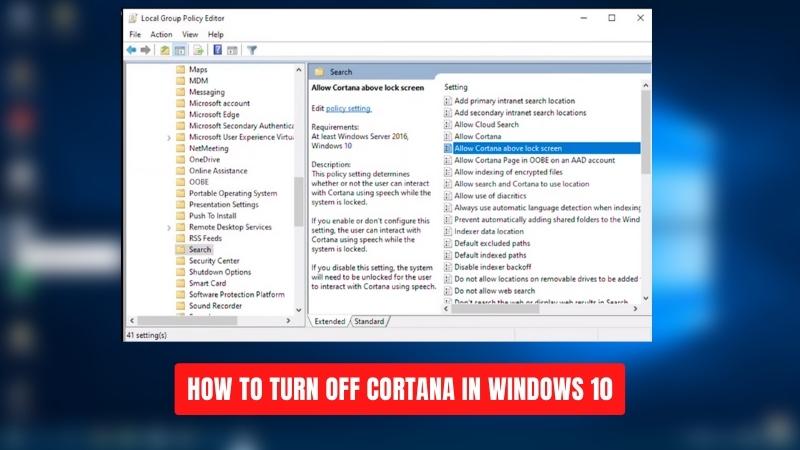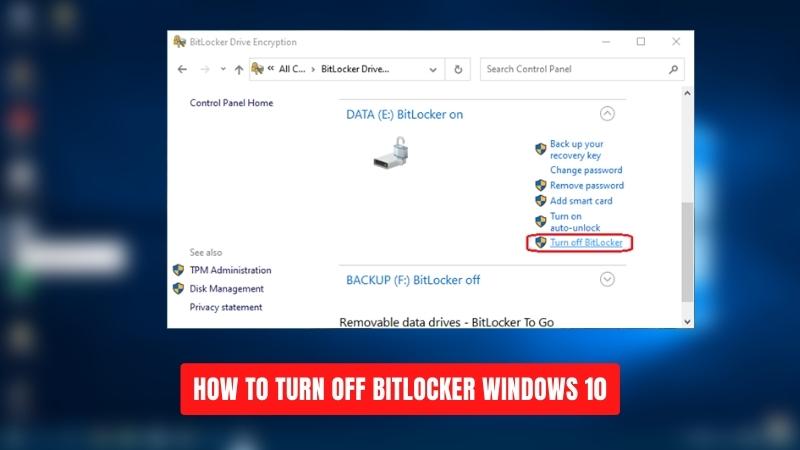
How to Change Screen Timeout Windows 10?
Are you feeling frustrated because you can't seem to get the screen timeout settings in Windows 10 to stay the way you want them? Do you find yourself constantly having to adjust the time limit for the screen to turn off and lock? If so, you're not alone.
Many Windows 10 users have experienced this same issue. In this article, we'll show you how to easily adjust your screen timeout settings in Windows 10, so you don't have to do it every time you turn on your computer.
How to Change Screen Timeout Windows 10?
Step by Step Tutorial:
- Go to the Windows 10 Start menu and click Settings.
- In Settings, click System.
- Select Display in the left navigation.
- Under Scale and layout, look for the Change the size of text, apps, and other items
- Under Screen timeout settings, choose the amount of time you want your display to remain on.
How to Alter Screen Timeout on Windows 10?
The screen timeout feature on Windows 10 enables users to adjust how long their computer stays active before the screen turns off.

This feature is incredibly useful for conserving energy and for preventing the screen from getting stuck in a ‘sleep’ state. Here we look at how to change screen timeout on Windows 10.
Step 1: Access the Power Options Menu
The first step to changing the screen timeout settings on Windows 10 is to access the Power Options menu.
This menu can be found by right-clicking on the Windows Start button and selecting the ‘Power Options’ option. Once the Power Options window has opened, you can select the desired power plan.
Accessing the Power Options Menu via the Control Panel
For those who prefer to access the Power Options menu via the Control Panel, this can be done by clicking on the ‘Control Panel’ option in the Start menu and then selecting ‘System and Security’.
From here, select ‘Power Options’ and then select the desired power plan.
Accessing the Power Options Menu via the Command Prompt
For those who prefer to access the Power Options menu via the Command Prompt, this can be done by opening the Command Prompt and typing in the command ‘powercfg.cpl’.
This will open the Power Options window, from which the desired power plan can be selected.
Step 2: Select the Desired Power Plan
Once the desired power plan has been selected, the second step is to select the ‘Change plan settings’ option.
This will open a new window where you can adjust the settings for the selected power plan.
Altering the ‘Turn off the display’ Setting
In this new window, the ‘Turn off the display’ setting can be adjusted to the desired time limit. This setting determines how long the display will stay active before it automatically turns off.
Step 3: Save the Changes
The next step is to save the changes by selecting the ‘Save changes’ option. Once this is done, the screen timeout settings will be updated and the changes will be applied.
Top 6 Frequently Asked Questions
What is Screen Timeout?
Screen timeout is a feature in Windows 10 that allows you to adjust how long your computer will stay on without any user input.
After a certain amount of time, your computer will automatically turn off the display and enter a low-power state. This can be a useful feature for saving energy or preventing your device from being left on for too long.
How do I Change the Screen Timeout on Windows 10?
Changing the screen timeout on Windows 10 is easy to do. First, open the Settings app by clicking the Start button and selecting Settings from the menu.
From the Settings app, select System, then click Power & sleep from the left menu. From here, you can adjust the Screen timeout by clicking the dropdown menu and selecting the amount of time you want the screen to stay on.
What Are the Different Screen Timeout Options?
The different screen timeout options available in Windows 10 depend on the device you are using. Generally, the options range from 1 minute to 5 minutes, 10 minutes, 15 minutes, 30 minutes, and 1 hour.
For some devices, you may also be able to select “Never” as an option, which will keep your device on until you manually turn it off.
What Is the Default Screen Timeout Setting?
The default screen timeout setting in Windows 10 is typically set to 10 minutes. However, this setting can be changed depending on your device or your personal preference.
Does Changing the Screen Timeout Save Battery?
Yes, changing the screen timeout setting can help save battery life on your device. By reducing the amount of time the screen is on, you can help conserve battery power and extend the life of your device.
Can I Change the Screen Timeout for Different Power Modes?
Yes, you can change the screen timeout for different power modes in Windows 10. To do this, open the Settings app, select System, then click Power & sleep from the left menu.
From here, select Additional power settings and you can then adjust the screen timeout settings for each power mode.
How to Change File Type on Windows 10 | Change File Extensions | Simple & Working [2023]
If you’re looking for a quick and easy way to change the screen timeout on your Windows 10 device, then you’ve come to the right place. By following the simple steps outlined in this article, you can quickly and easily adjust the screen timeout settings to meet your needs.
With just a few clicks, you can customize your device to maximize its performance and give you the best experience possible. So, don’t wait any longer; get started today and take control of your device’s screen timeout settings.
Conclusion
Changing the screen timeout settings on Windows 10 is a simple process that can be accomplished by accessing the Power Options menu and selecting the desired power plan. Once the desired power plan is selected, the ‘Turn off the display’ setting can be adjusted to the desired time limit.
Finally, the changes can be saved and the new screen timeout settings will be applied.

